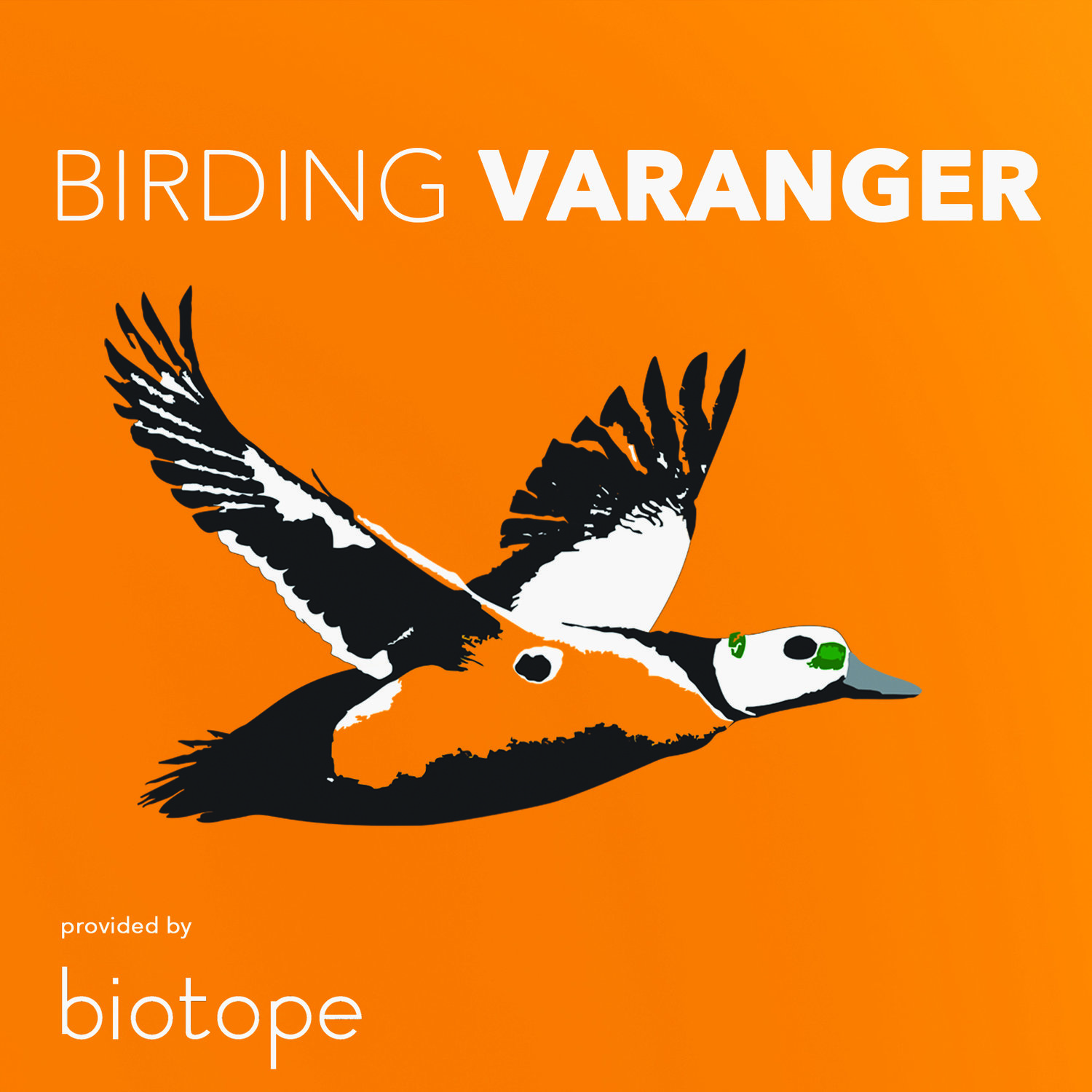Hornøya is the most easily accessible bird cliff in the arctic
Hornøya is one of the most amazing attractions Varanger has to offer. The island is open to the public and accessible by ferry from the 1st March to the 1st September. During this season, there are various different highlights or spectacles to witness.
100,000 seabirds on one island are not only an attraction to people but also to various predators of the bird world. Gyrfalcon, White-tailed eagles and Arctic Skuas can often be seen around Hornøya from March to August. Arctic Skuas gain most of their food by robbing other seabirds. White-tailed eagles usually target kittiwake chicks, while Gyrafalcons are even able to take down Kittiwakes and Auks in flight.
The best way to see Gyrfalcon in Varanger is by spending time at the bird cliff on Hornøya. They hunt there regularly, even daily. This is a young Gyrfalcon photographed on the bird cliff.
Puffin Fight Club
In early March, after winter on Hornøya, the first birds start to return from their wintering areas. At this time, the island is still covered in snow. puffins are using their large beaks as a shovel to dig tunnels in the soil around the cliffs. These birds mate for life, so each year after winter they return to the same burrow. Young, unmated puffins try to secure a nesting site for themselves. In such cases, puffins might fight over the best burrowing site, using their sharp bills as a weapon. Read about the Puffin fight club on in this Biotope blogpost.
Puffin fight club on Hornøya
Guillemot Run
In July the first Guillemot chicks are hatching in nests on a steep cliff. There they are fed by their parents, until the little birds are large enough. As soon as the chicks have fledged, they jump off the steep cliffs. Some chicks manage to land in the water from their first jump. Chicks further from the sea hit the rocky ground, then must run as fast as they can to the sea, avoiding gulls and ravens. This spectacle of young Guillemots jumping off the cliffs and running to the sea is simply mindblowing and spectacular to watch (and hear!). This happens every year in late July.
Click here to find out more about the island on the Hornøya website.
Guillmot chicks making their way from the bird cliff to the sea in late July
Searching for Leach´s Storm Petrels on Hornøya bird cliff in September








